I’m the creator behind Virtual Journeys NZ & Australia, and in this guide I’ll walk you through everything I share about where to see a kiwi bird New Zealand — from guaranteed sanctuary encounters to true wild, nocturnal adventures. If you’ve ever dreamed of spotting this emblematic, feathered oddity in its own backyard, this is your practical, experience-based roadmap. Below you’ll find a clear list of the top sites, how each experience differs, species you might encounter, and concrete tips to help you choose and plan the right kiwi bird New Zealand outing for your trip.
Why the kiwi bird new zealand is such a big deal
New Zealand’s kiwi bird new zealand is unlike any other bird on Earth. They can’t fly, they’re about the size of a chicken, and yet their eggs are disproportionally large — often weighing up to 20% of the female’s body weight. To put that in human terms, it would be like giving birth to a 20 lb baby. That single fact alone captures how extraordinary these birds are.
Kiwis are nocturnal and have evolved to navigate life with poor eyesight but an exceptional sense of smell — a trait rare in birds. Their nostrils sit at the tip of their long beaks and they use those beaks to probe leaf litter for worms and insects in complete darkness. Kiwis are also living fossils: they have existed in one form or another for millions of years, so encountering a kiwi bird new zealand is a kind of living connection to ancient ecosystems.
My top 10 places to see kiwi birds in new zealand
Below are my top 10 recommended places around New Zealand, including both guaranteed sanctuary sightings and options for wild encounters. These are the places I most often recommend to travellers based on accessibility, conservation value, and the quality of the experience.
- Auckland — accessible options close to the international gateway
- Otorohanga Kiwi House — great stop between Auckland and the Waitomo Caves
- Rotorua — home to the Kiwi National Hatchery experience
- Pukaha / Mount Bruce Wildlife Centre — rich birdlife near Wellington
- Kapiti Island — overnight sanctuary experiences
- Zealandia, Wellington — urban sanctuary with strong conservation focus
- Willowbank Wildlife Reserve, Christchurch — family friendly, near the airport
- Franz Josef / Okarito — West Coast Wildlife Center and Okarito Night Tours
- Queenstown Kiwi Park — centrally located, easy visit for travellers
- Stewart Island — arguably the best wild-kiwi viewing environment
Sanctuaries vs wild kiwi tours: key differences
When choosing a kiwi bird new zealand experience, it helps to understand the two broad categories:
- Sanctuaries & kiwi houses: These are controlled environments where kiwis are typically kept in “night houses” so you can observe them during the day. Sightings are essentially guaranteed, the experience is family-friendly, and many facilities offer education about breeding and release programs.
- Wild guided tours: These are nocturnal walks into forest or island habitats to try to hear and sometimes see kiwis in the wild. They are less predictable but infinitely more magical for many visitors. Tours often run at night and depend on season and weather.
If you want certainty and an educational experience, opt for a sanctuary. If you want a chance to see a kiwi bird new zealand behaving in its natural habitat — and you don’t mind late nights, quiet boots and patience — choose a wild tour.
North Island sanctuaries and where to go
The North Island offers an excellent collection of kiwi bird new zealand sanctuaries that are easy to add to most itineraries. Below I break down the ones I recommend and why each is worthwhile.
Auckland — a convenient introduction
Auckland Zoo is a great first-stop if you land in Auckland and want a quick, reliable kiwi bird new zealand sighting. The zoo’s nocturnal house presents kiwis in a recreated night environment so you can observe their natural behaviours without disturbing them. It’s not the same as a wild encounter, but it’s perfect for families and anyone short on time.
Otorohanga Kiwi House — stop between Auckland and Waitomo
Otorohanga Kiwi House is ideally placed on the classic route from Auckland through the Waitomo Caves to Rotorua. If your itinerary includes those major attractions, Otorohanga is a perfect, low-effort detour. They care for multiple kiwi species and run informative exhibits about the birds’ life cycles and conservation challenges.
Rotorua — Kiwi National Hatchery experience
Rotorua isn’t just geothermal wonders; it’s also home to the Kiwi National Hatchery experience, a conservation-driven facility where chicks are raised in preparation for release into the wild. If you want to see the behind-the-scenes conservation work and learn how New Zealand breeds back its native birds, this is a top choice.
Pukaha / Mount Bruce Wildlife Centre — a diversity of native birds
Formerly known as Mount Bruce, Pukaha is a superb sanctuary near the lower North Island. It’s not just about kiwis here: you’ll encounter kaka, kakariki, kokako and native pigeons as part of a broader birdlife experience. If you’re traveling toward Wellington, Pukaha is a wonderful stop to learn about reintroductions and habitat restoration.
Kapiti Island — overnight sanctuary immersion
Kapiti Island sits off the west coast near Wellington and is a predator-free sanctuary. Day-trip visits won’t let you see kiwis (they’re nocturnal), but you can book an overnight guided tour and stay on the island. The overnight option is the real draw: you get the full nocturnal experience and the chance to hear or see kiwi bird new zealand in a pest-free habitat.
Zealandia, Wellington — an urban sanctuary with depth
Zealandia is a biodiversity sanctuary tucked into the edge of Wellington. It’s a world-class example of how urban spaces can be transformed for conservation. A night tour here combines the potential for kiwi sightings with the chance to hear takahe and other reintroduced species. It’s excellent for travelers staying in Wellington who don’t want to venture far to find native wildlife.
South Island sanctuaries and wildlife centres
The South Island has its own set of kiwi bird new zealand hotspots, with a mix of visitor-friendly sanctuaries and remote coastal opportunities that pair well with glacier or fiordland itineraries.
Willowbank Wildlife Reserve, Christchurch
Located just outside Christchurch near the airport, Willowbank is a convenient stop for families and short-stay visitors. They operate breeding programs and visitors can often view kiwis in controlled night-house displays. It’s a good combination of education and accessibility.
West Coast Wildlife Centre, Franz Josef
On the West Coast near Franz Josef, the West Coast Wildlife Centre runs a strong conservation program and sometimes offers backstage tours. It’s also a place to learn about the smaller little spotted kiwi and to combine a kiwi house visit with glacier or coastal activities.
Okarito Night Tours (near Franz Josef)
Okarito is a quieter coastal spot about 30 minutes from Franz Josef. The Okarito Night Tours are small-scale and intimate, focusing on the rare Okarito kiwi (rowi). These are highly specialised tours and they’re run by experienced local guides — booking ahead is essential because they run with a small guest-to-guide ratio.
Queenstown Kiwi Park — central and easy
If your trip brings you to Queenstown but you want a quick kiwi fix, the Kiwi Park in town is centrally located and ideal for families or those with limited time. It’s not wild, but it’s a reliable way to see the birds if you’re exploring the southern lakes region.
Stewart Island — top pick for wild kiwi bird new zealand encounters
Stewart Island (Rakiura) is a wildlife paradise and one of the best places to hear and sometimes see kiwis in the wild. Much of the island feels like national park, and operators from the main village of Oban run nightly tours. The island’s predator-free pockets and low human population make it an ideal place for genuine kiwi bird new zealand experiences — though tours can be cancelled in bad weather, so always have backup plans.
Where the different kiwi species live
One important detail most visitors don’t realise is that New Zealand has five different species of kiwi; the species you might encounter depends on where you go. Knowing species ranges helps you decide where to go for a particular encounter:
- North Island Brown Kiwi (Apteryx mantelli) — common in many North Island sanctuaries and nearby habitats. You’re most likely to encounter this species in and around the Northland and Auckland regions.
- Southern Brown Kiwi / Tokoeka (Apteryx australis) — found in Fiordland and Stewart Island regions. This is the form you’ll most likely see in the deep south.
- Okarito Kiwi / Rowi (Apteryx rowi) — extremely rare and largely restricted to the Okarito forest near the West Coast; Okarito Night Tours focus on this species.
- Little Spotted Kiwi (Apteryx owenii) — smaller and found on some offshore islands and protected sanctuaries.
- Great Spotted Kiwi (Apteryx haastii) — largely found in parts of the South Island’s forests and ranges.
Understanding which species you could see will shape the type of tour you book. For example, if the Okarito kiwi (rowi) is on your must-see list, Okarito Night Tours are your best shot.
How to choose the right kiwi birds in new zealand experience for you
Ask yourself these practical questions before you book:
- Are you travelling with children or mobility concerns? If yes, pick a sanctuary or urban park with night houses (Zealandia, Willowbank, Auckland Zoo).
- Do you want the thrill of a wild encounter? If yes, look at Stewart Island or Okarito night tours and be prepared for late nights and unpredictable outcomes.
- Are you interested in conservation education? Hatcheries and wildlife centres (Rotorua Kiwi Hatchery, West Coast Wildlife Centre, Pukaha) offer deep learning opportunities.
- How much time do you have? If you’re short on time, choose something near your arrival/departure points (Auckland or Christchurch sanctuaries).
Broadly speaking: if you love adventure and don’t mind late nights and variable outcomes, choose wild tours such as those on Stewart Island or in Okarito. If you’re travelling with kids, prefer guaranteed sightings, or want to learn about breeding programs, choose sanctuaries such as Zealandia, Franz Josef Wildlife Center, or Rotorua’s hatchery.
Practical tips for planning your kiwi birds in new zealand outing
These are the practical dos and don’ts I share with every visitor who wants to make the most of their kiwi bird new zealand experience:
- Book ahead: Many conservation-focused tours run with limited numbers, especially Okarito, Kapiti overnight stays, and Stewart Island operators.
- Expect late starts: Wild kiwi tours typically run after dusk and may not return until late in the evening. Bring warm layers even in summer — nights can be cold and damp.
- Keep quiet and avoid lights: Kiwis are easily disturbed by bright lights and loud noises. Many tours will require you to turn off flash photography and use red-filtered lights if necessary.
- Respect the rules: Conservation sanctuaries have strict guidelines to prevent disease or pest incursions. Follow biosecurity instructions, especially when visiting predator-free islands like Kapiti.
- Check weather and cancellation policies: Many wild tours are weather-dependent and can be cancelled. Build flexibility into your schedule if witnessing a kiwi bird new zealand in the wild is a priority.
- Support conservation: Choose operators that contribute to breeding and release programs. Visiting and paying for guided tours directly supports conservation work that saves kiwi populations.
- Wear good footwear: Night walks can be muddy and uneven. Sturdy, quiet shoes make for a more comfortable experience.
Sample itineraries: how to fit a kiwi encounter into your trip
Here are a few sample ways to include kiwi bird new zealand viewing depending on the style of trip you’re planning:
Three-day South Island wildlife focus
- Day 1: Arrive in Christchurch, visit Willowbank in the afternoon.
- Day 2: Drive to Franz Josef, combine glacier activities with an evening visit to the West Coast Wildlife Centre.
- Day 3: Head to Okarito for a night tour focused on the rare Okarito kiwi.
One-week classic North Island loop with kiwis
- Day 1-2: Auckland arrival and city highlights; quick visit to Auckland Zoo’s nocturnal house.
- Day 3: Drive to Otorohanga en route to Waitomo; visit the Kiwi House.
- Day 4-5: Rotorua for the Kiwi National Hatchery and geothermal sites.
- Day 6: Wellington area including Zealandia night tour.
- Optional: Overnight trip to Kapiti Island for full sanctuary immersion.
Two-week full-nation birding trip
- North Island: Northland to Rotorua and Wellington, visiting sanctuaries and hatcheries (Auckland, Otorohanga, Rotorua, Pukaha, Zealandia).
- South Island: Christchurch, West Coast (Franz Josef, Okarito), Queenstown, and finish with Stewart Island for a wild search.
These itineraries are examples — adapt them to your pace and interests. If a wild kiwi is your single priority, plan extra nights around Stewart Island or Okarito and build in weather contingency days.
Conservation context: why your visit matters
Visiting sanctuaries and booking responsible tours directly supports kiwi conservation. Many kiwi species have experienced dramatic declines due to introduced predators like stoats, dogs, and rats. Breeding programmes, predator control, island sanctuaries, and community trapping networks have all been crucial to stabilise and rebuild populations. When you visit a facility or take a guided tour, you’re often funding practical conservation work such as:
- Chick rearing and supplementary feeding
- Predator trapping and monitoring
- Habitat restoration projects
- Educational outreach and local community involvement
Choose operators who are transparent about where revenue goes and who actively contribute to recovery programmes. That way, your kiwi bird new zealand experience becomes part of the solution.
What you can expect on a wild kiwi night walk
A wild kiwi night walk is quieter, slower, and less predictable than a sanctuary visit. Guides typically lead small groups on soft forest tracks or island habitats. Most of the sensory experience is auditory at first — you’ll often hear long, low calls or the rustle of a kiwi probing the forest floor. With luck, and in favourable conditions, you might catch a silhouette or brief sighting.
Expectations to keep in mind:
- There are no guarantees — wildlife is wild.
- Tours prioritise welfare over sightings; if a kiwi seems stressed, guides will withdraw.
- Light is usually restricted and cameras with flash are often prohibited to protect the birds’ wellbeing.
Common questions I get about kiwi bird new zealand
Q: Can I touch a kiwi?
No. Kiwis are wild animals and, in most sanctuaries and all wild tours, touching is not allowed. Disturbance can be stressful for the birds and some facilities will have strict biosecurity rules to prevent disease transmission.
Q: When is the best time of year to see kiwis?
Technically, kiwis are active year-round. However, milder seasons (spring to autumn) often offer more comfortable night conditions for visitors. That said, many tours operate year-round — be prepared for cancellations in bad weather, especially on islands or exposed coastal locations.
Q: Can I photograph kiwis?
Photography is often limited. In sanctuaries you may be allowed to take photos in designated areas, but flash is usually banned. On wild tours, you’ll likely be asked not to use flash or bright torches to avoid stressing the birds.
Booking and practical logistics
Here are actionable booking tips based on what I’ve seen work best for travellers:
- Book night tours at least several days in advance — many operators run small groups and fill fast in peak seasons.
- If travelling in a group or with children, check age limits and safety requirements for night walks.
- Check meeting points and transit times carefully — some sanctuaries are best accessed by rental car while others are walkable from town centres.
- Carry a headlamp with a red filter if recommended by your guide, and always ask about footwear and clothing recommendations when you book.
Final thoughts: planning your kiwi bird new zealand moment
Whether you choose a sanctuary or a wild tour, seeing a kiwi bird new zealand is an unforgettable experience. My advice: match the type of encounter to your travel style — sanctuaries for guaranteed sightings and conservation education, and wild tours for a deeper, more unpredictable encounter with nature. Stewart Island and Okarito remain my top recommendations for truly wild experiences, while Zealandia, Rotorua’s hatchery and the West Coast Wildlife Centre are excellent for families and conservation-minded travellers.
If you’d like help integrating a kiwi bird new zealand visit into a longer itinerary, I offer sample plans and a downloadable comparison sheet that outlines the differences between sanctuaries and wild tours. These resources make it easy to decide which option suits your schedule and interests.
Credits and resources
This guide is informed by my work at Virtual Journeys NZ & Australia and by the trusted operators and conservationists running kiwi programmes across both islands. For direct booking and operator info, check with the individual sanctuaries and night tour providers at each location. Supporting these operators directly helps fund the conservation actions that keep kiwi bird new zealand populations thriving.
Thanks for reading — I hope this helps you plan your kiwi bird new zealand adventure. When you do go, travel quietly, respect the rules, and enjoy every moment of the encounter. The kiwi is a national treasure and a personal highlight for many visitors to New Zealand.
Additional Travel Resources for a New Zealand Itinerary:
To further enhance your trip, here are some valuable resources:
- Download the 100% FREE NZ Travel Planning Sheet here
- Watch our NZ Travel Planning Playlist on YouTube here
- Review our NZ Sample Travel Itineraries on YouTube here
- Check out our NZ Road Trips Playlist for route inspiration here
- Visit key NZ Travel locations on our playlist here
- Explore our NZ Must Do & See Playlist here
Self-drive Road Trips:








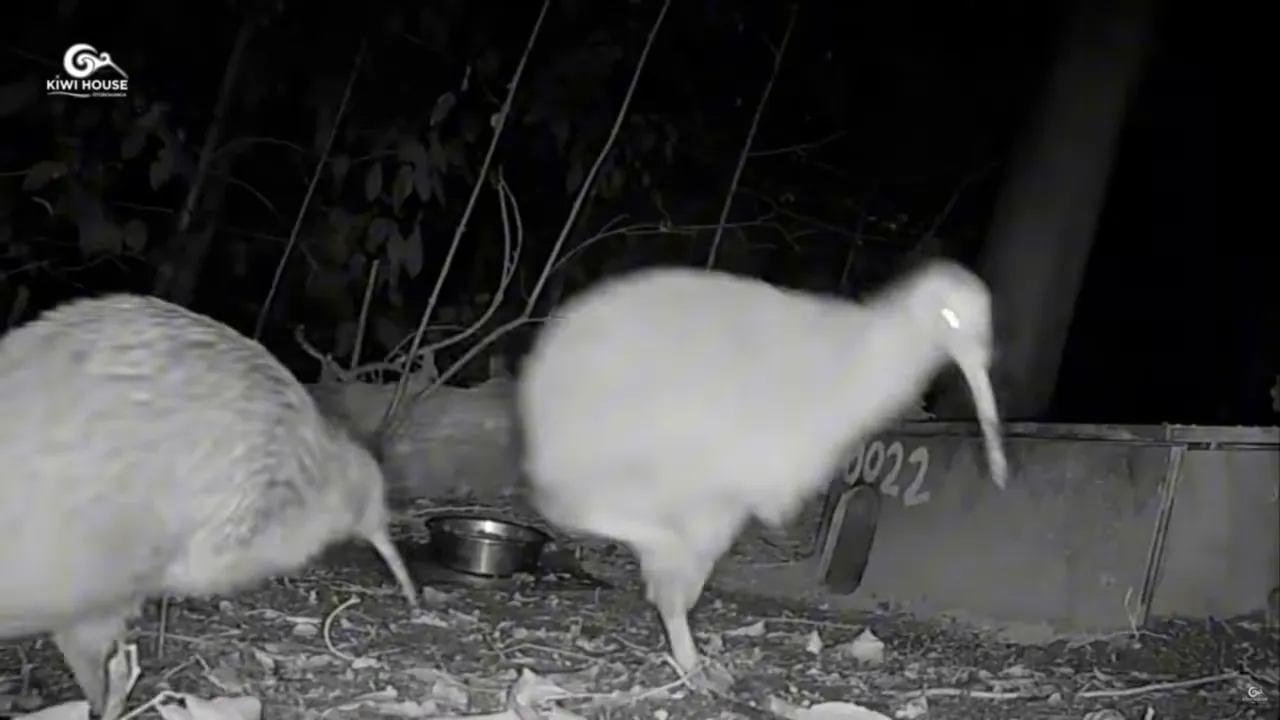
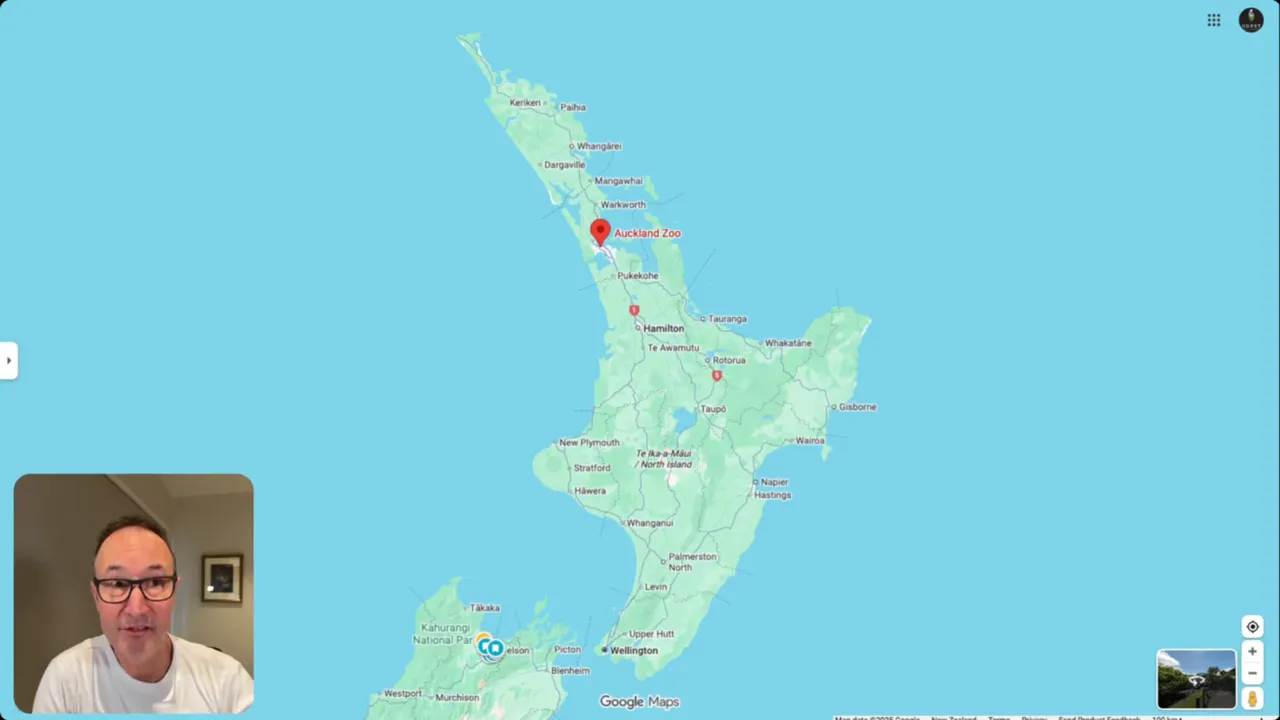
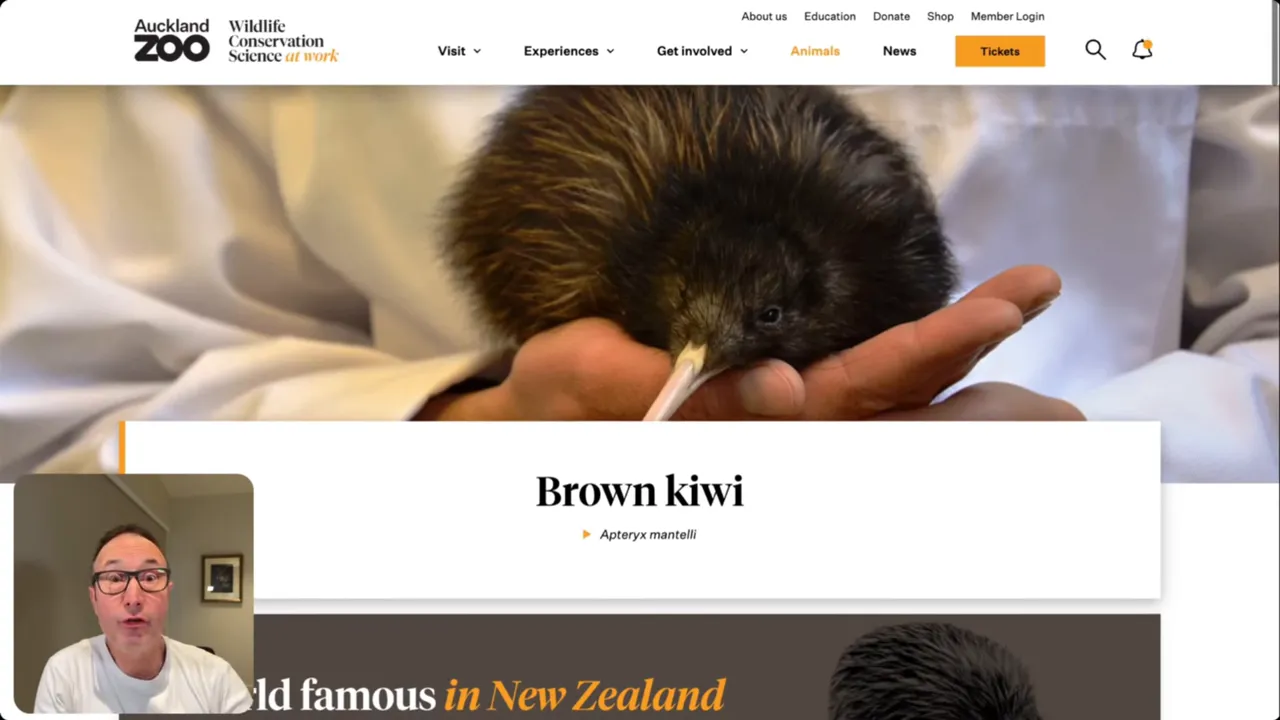
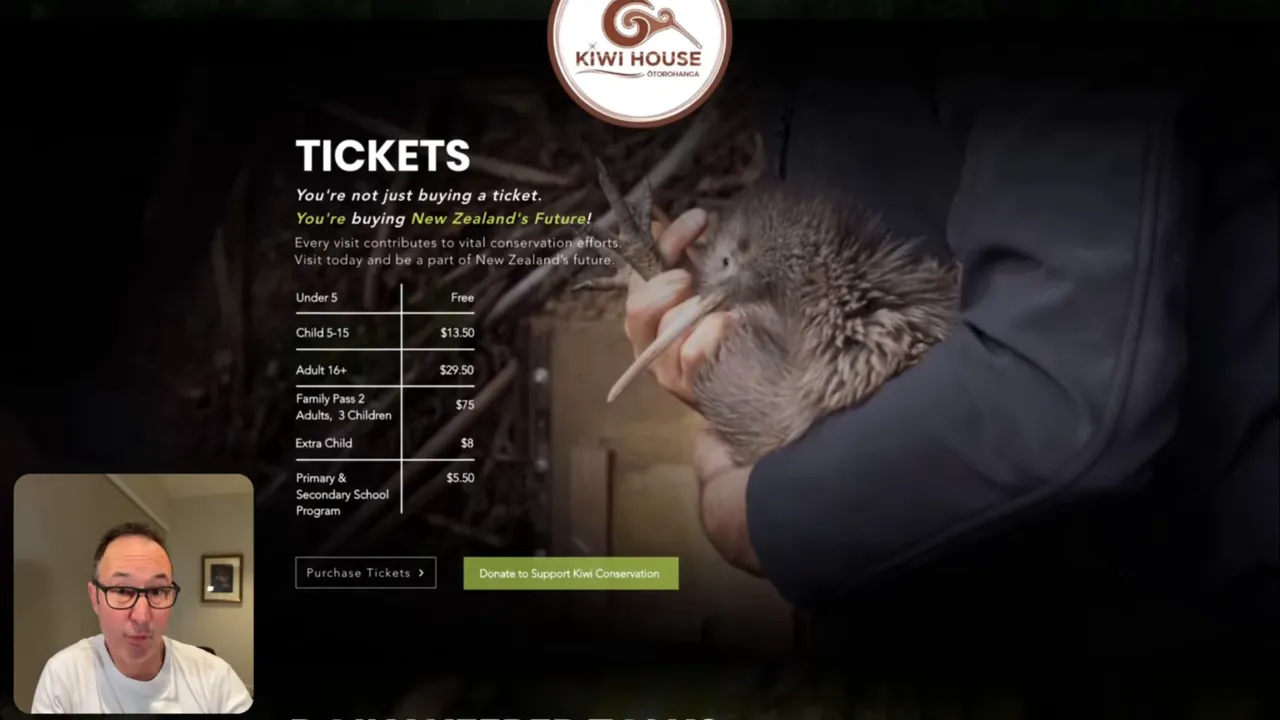
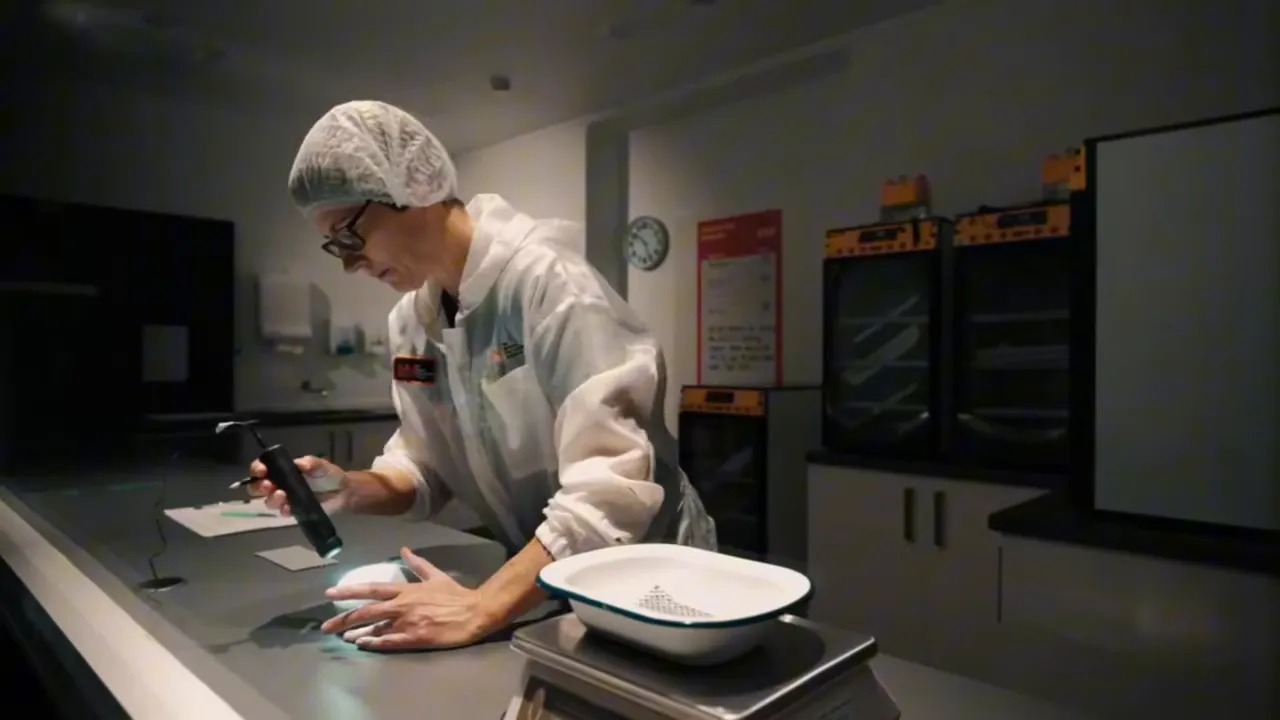
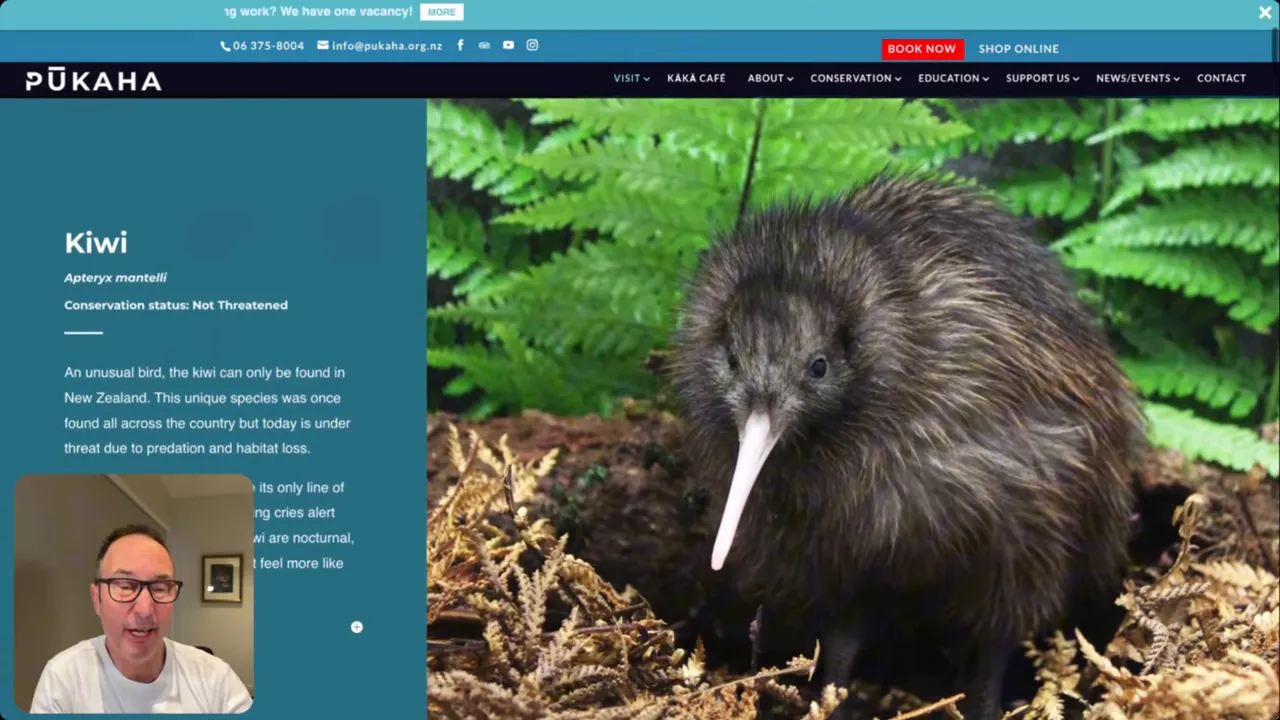
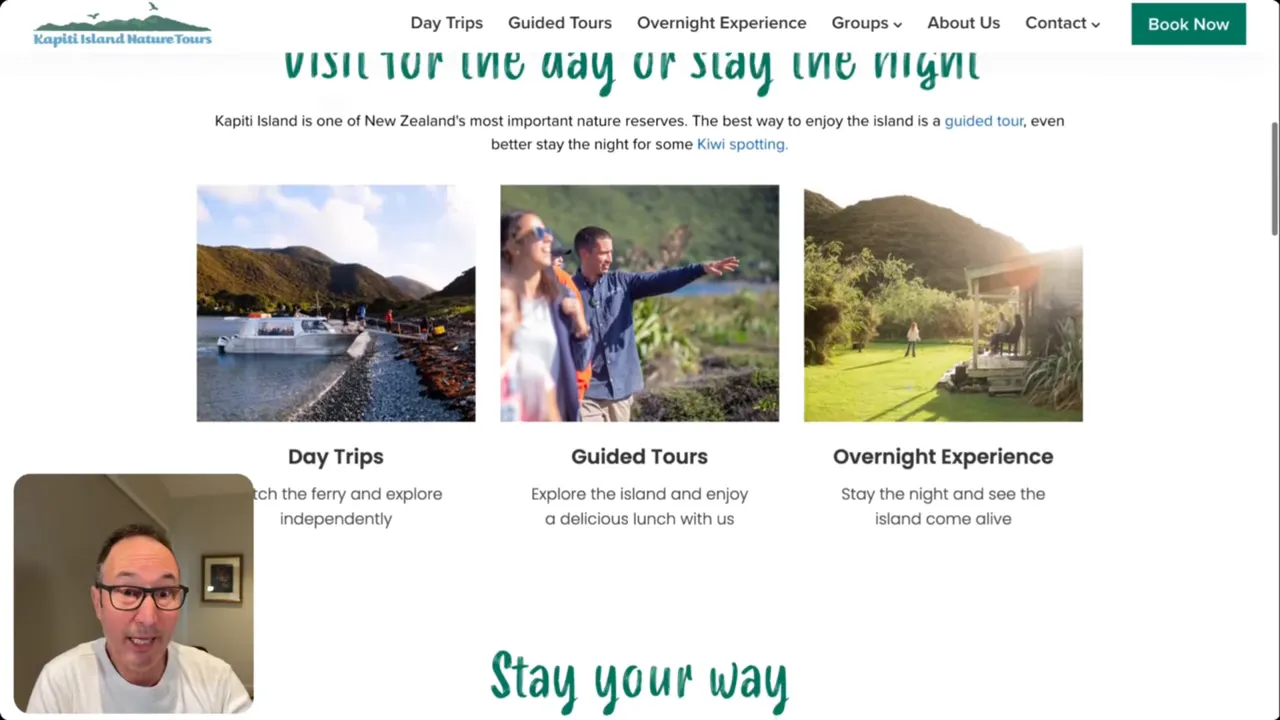
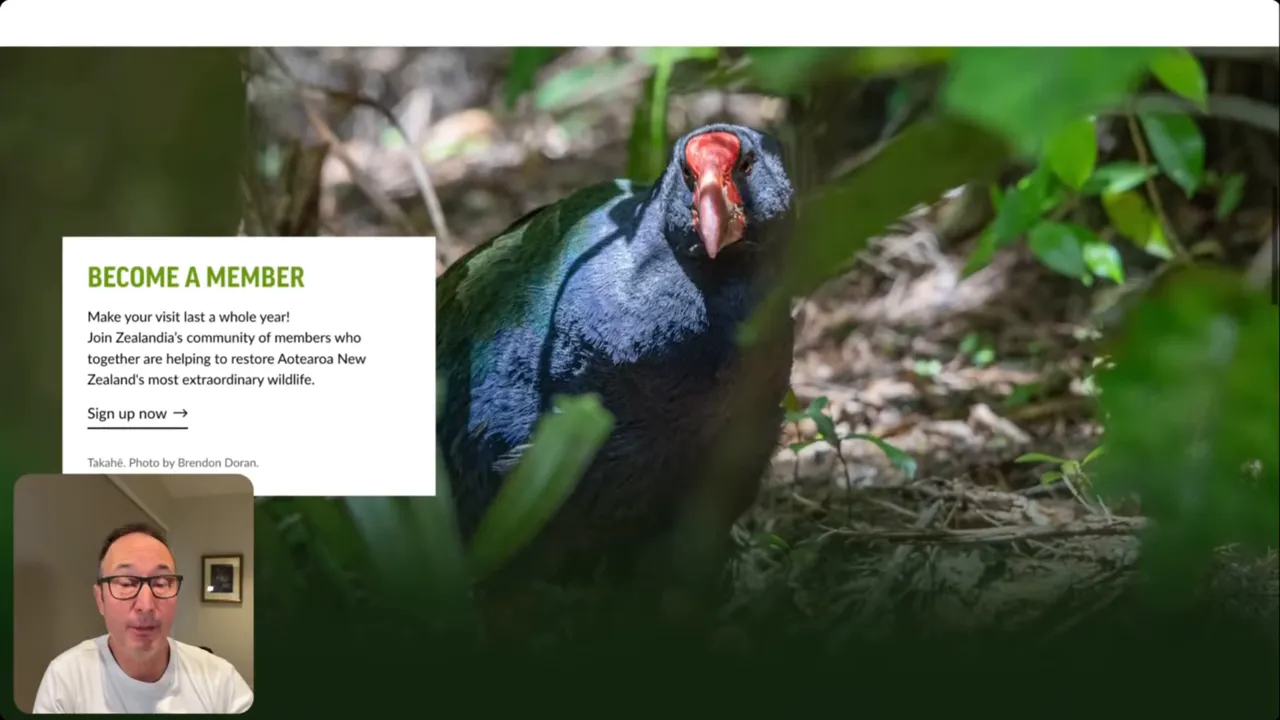
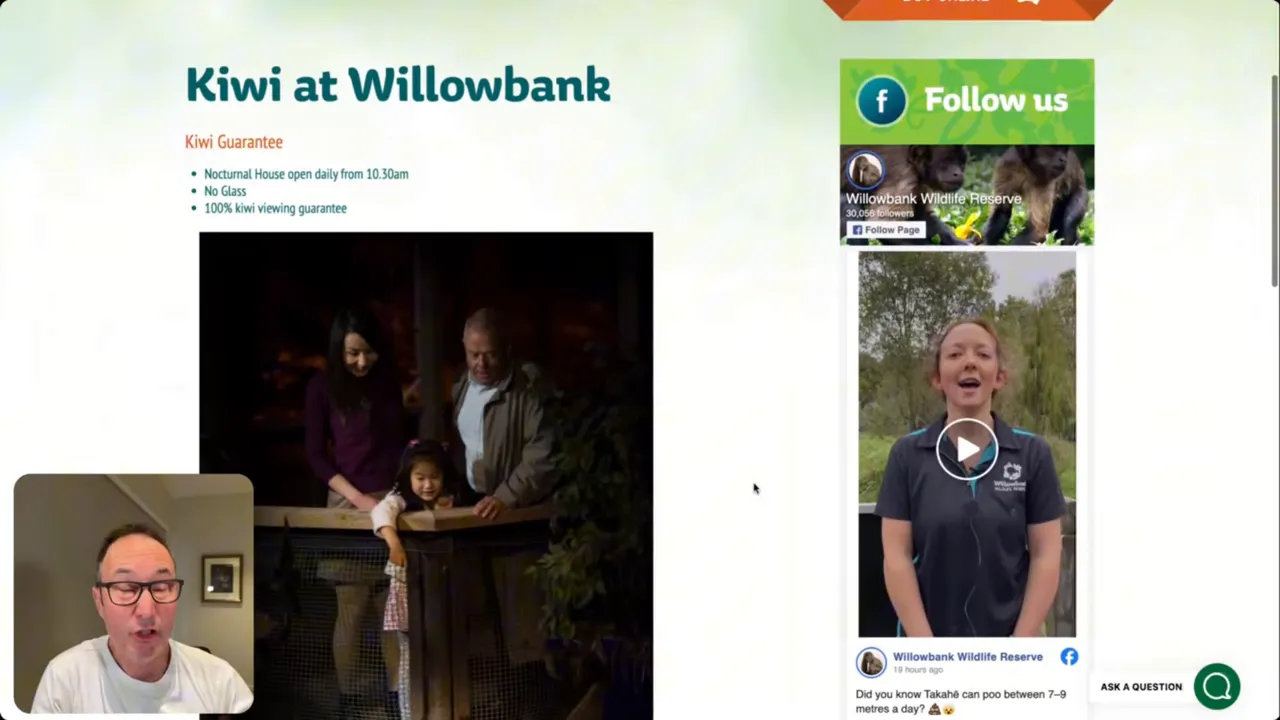
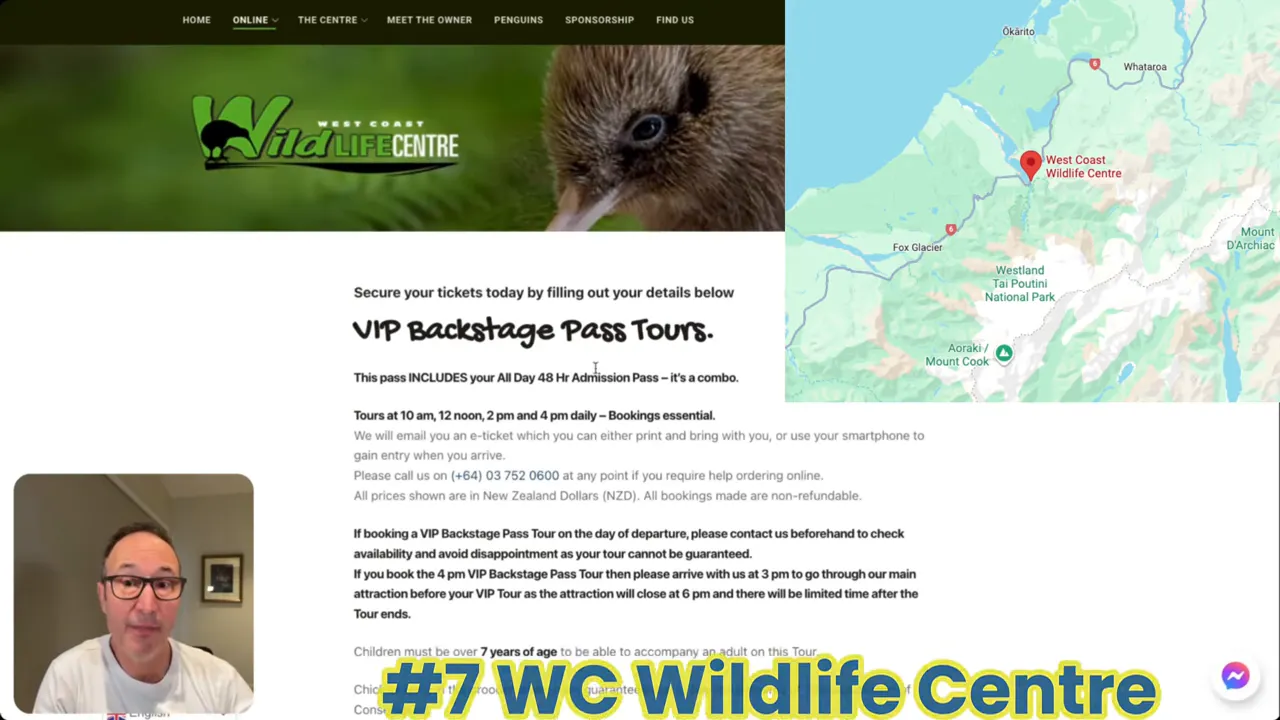
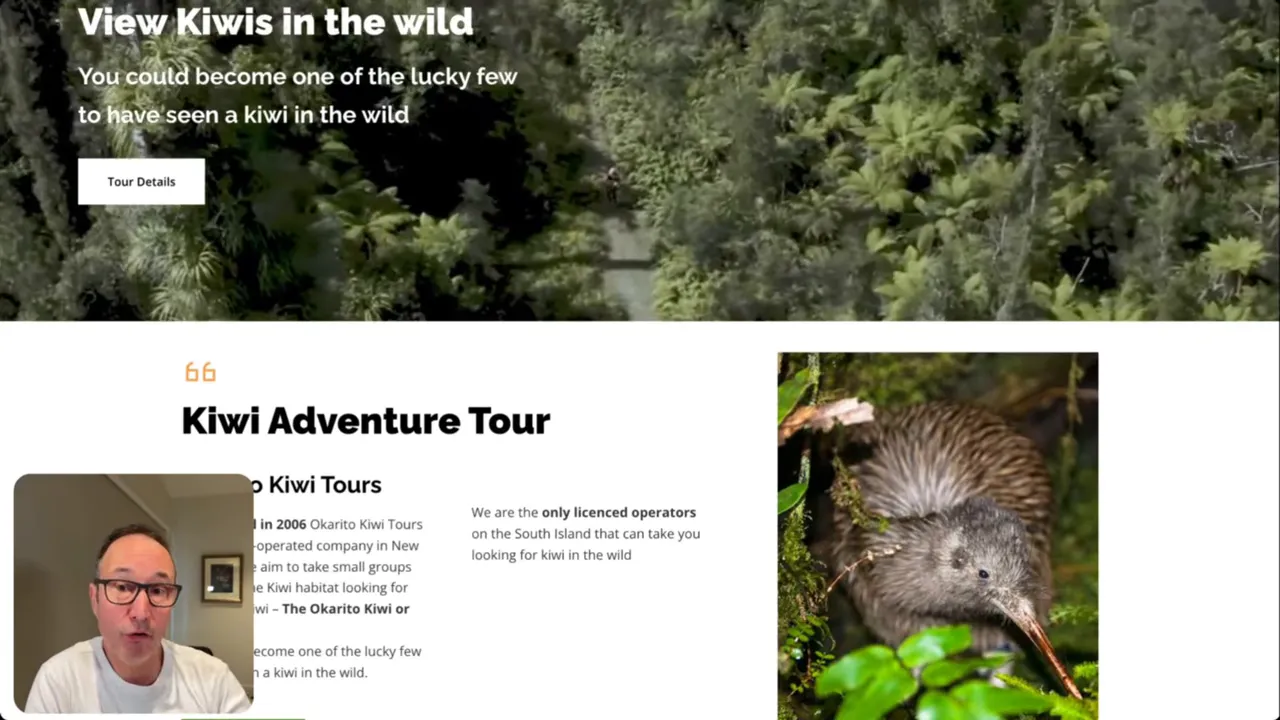
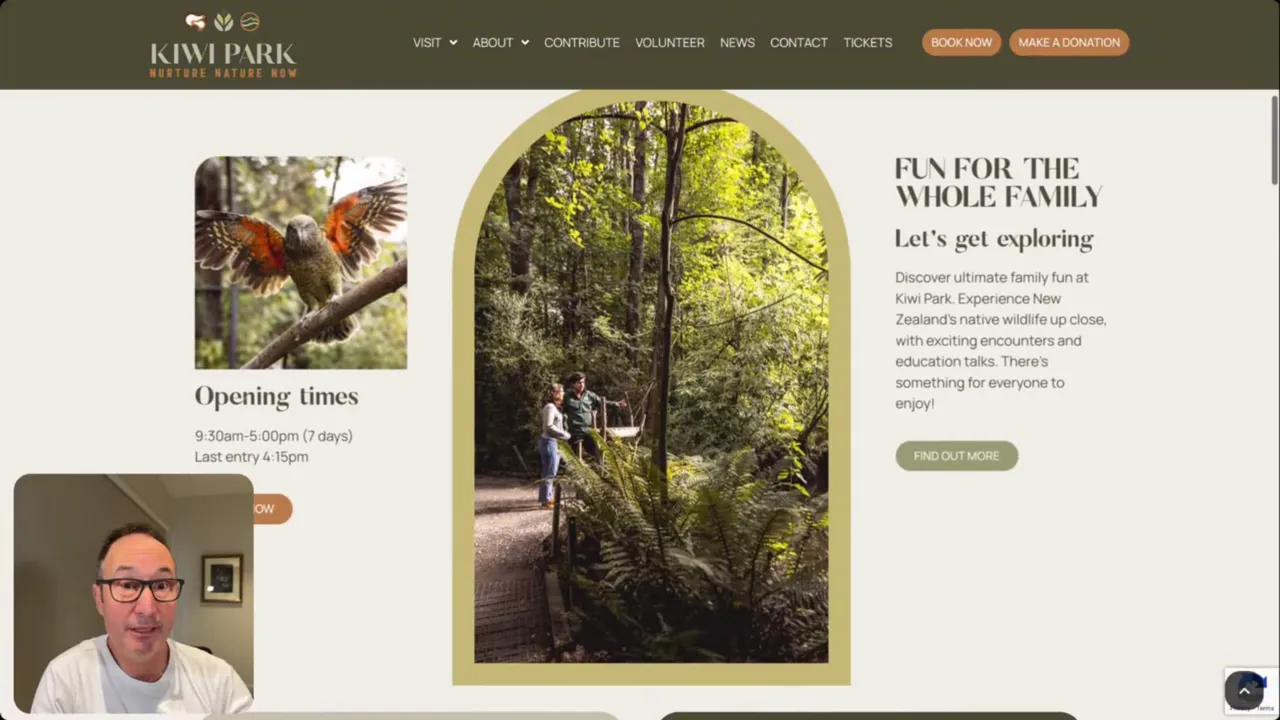
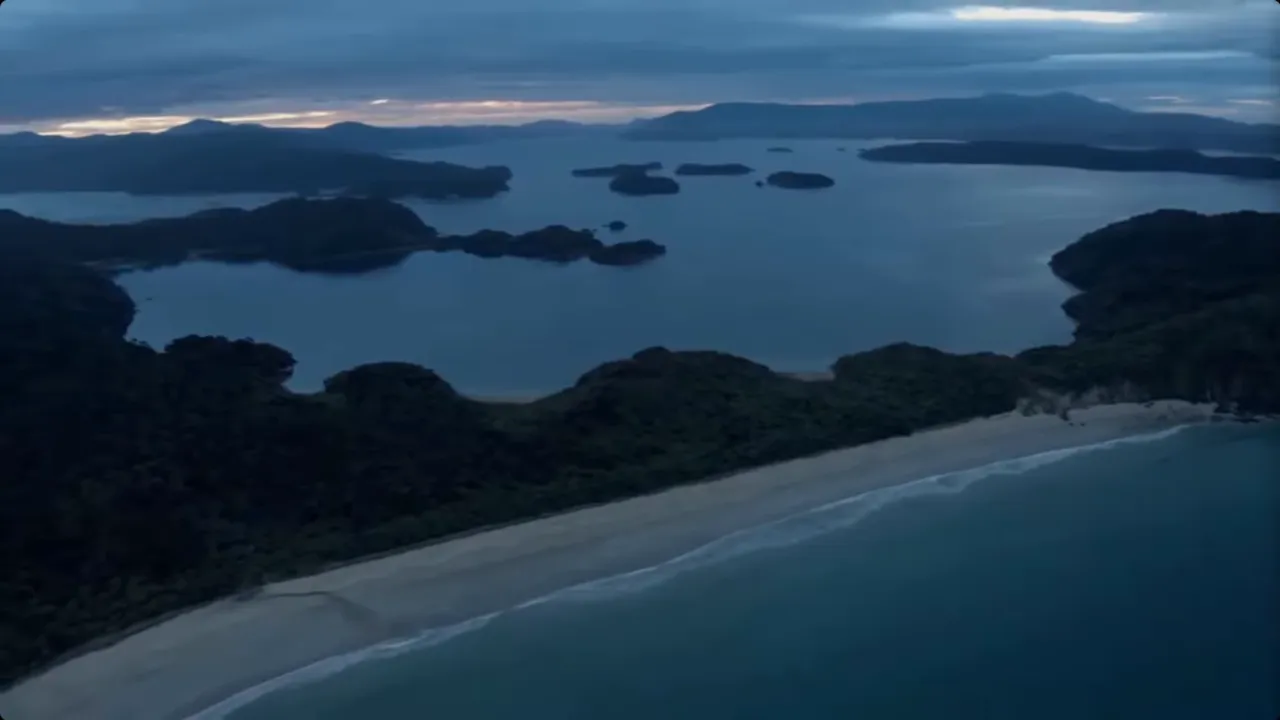
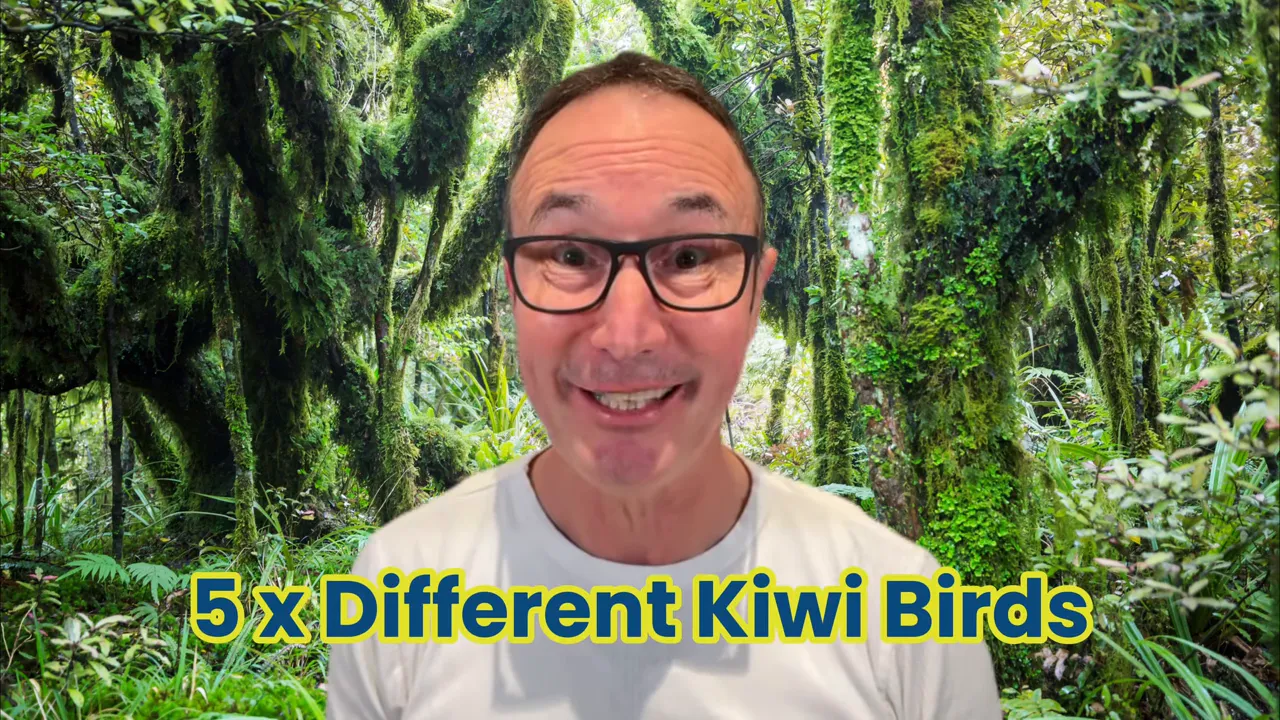
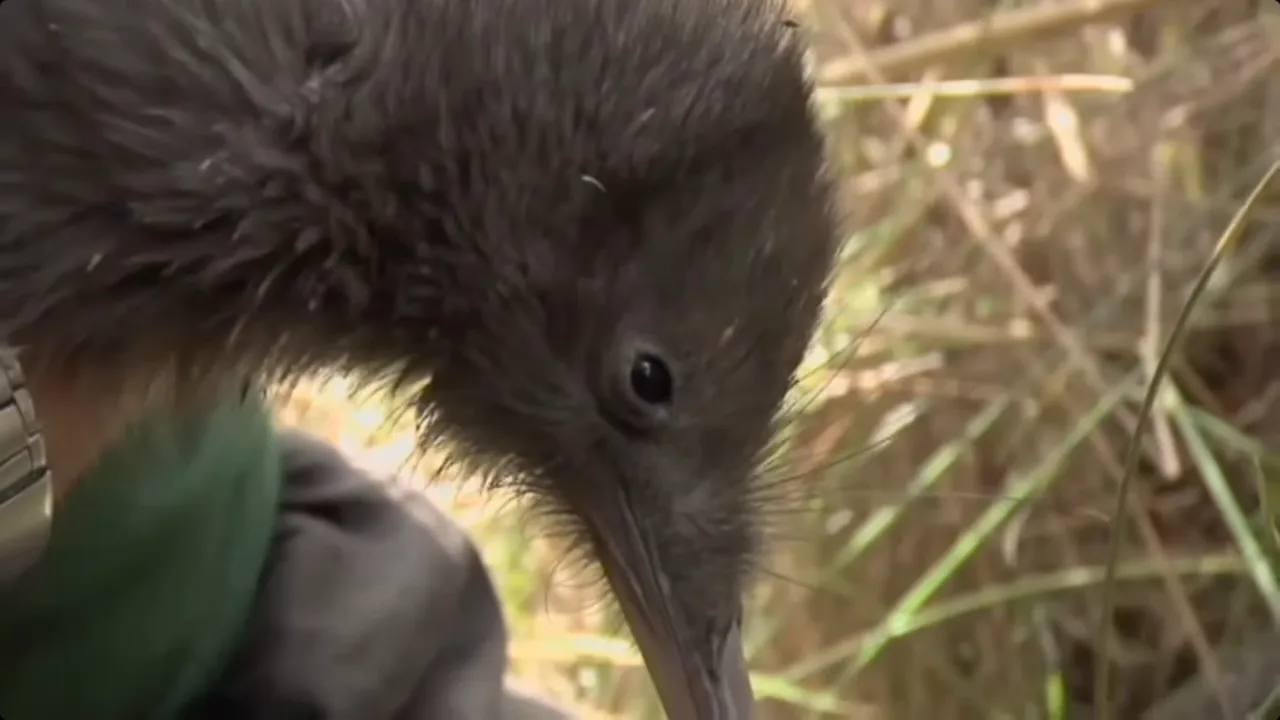
Leave a Reply